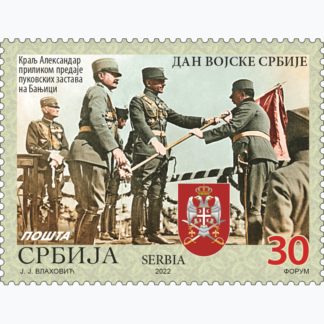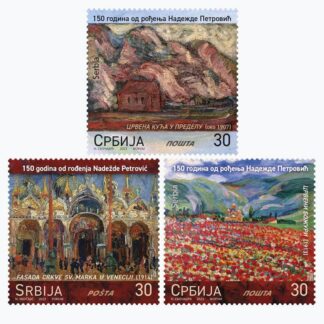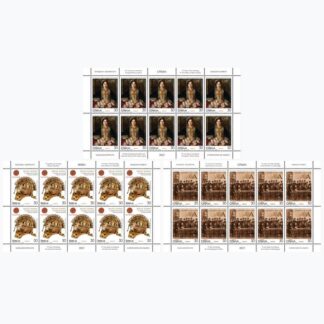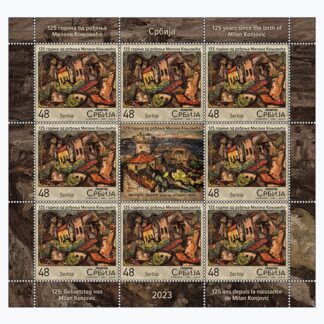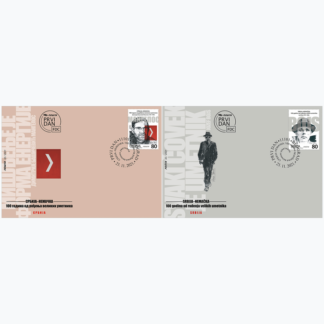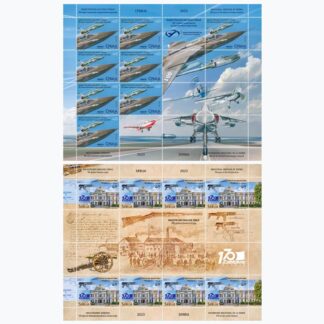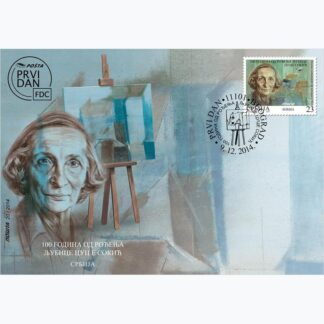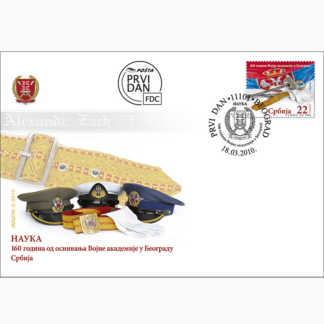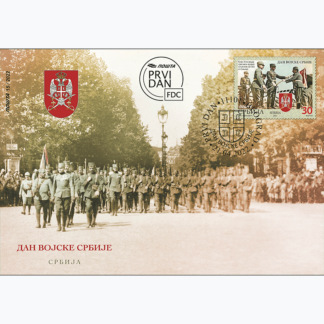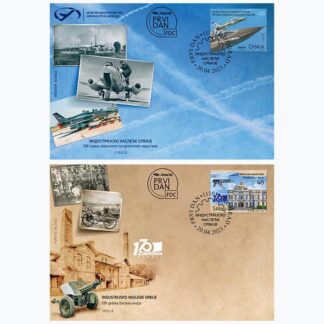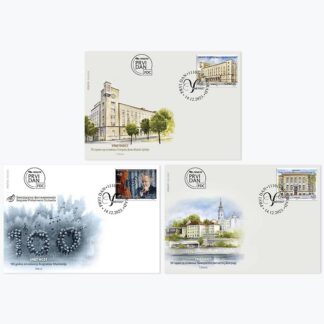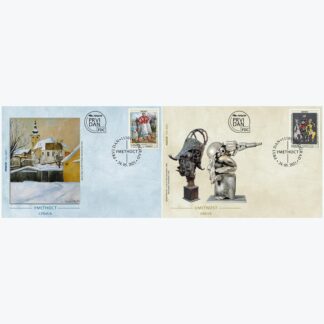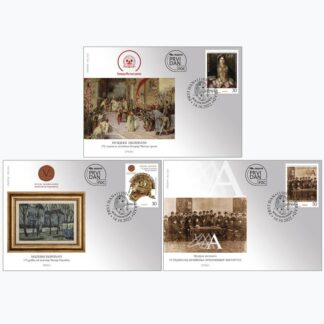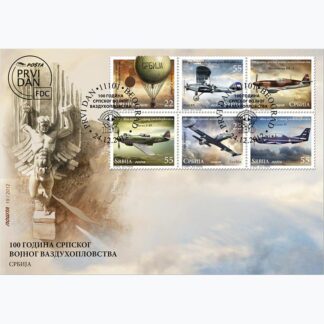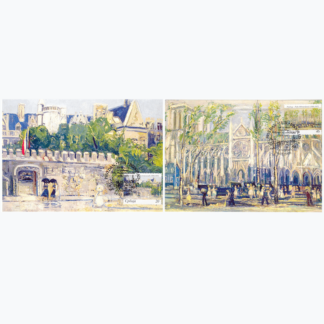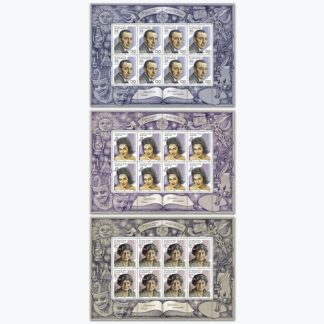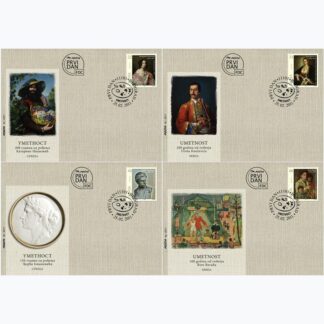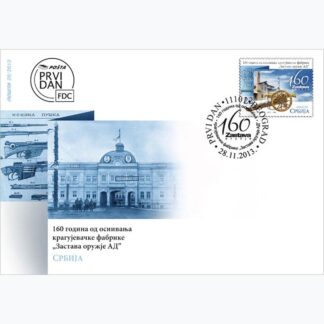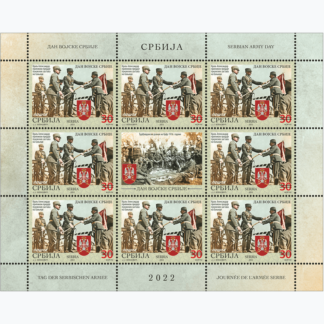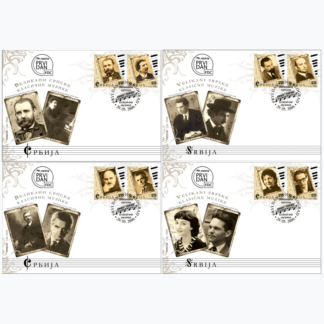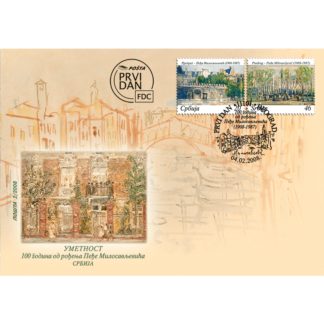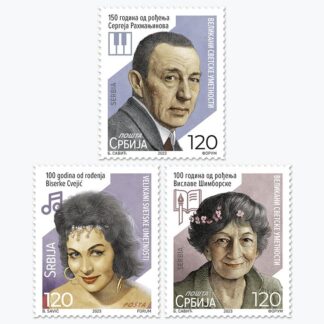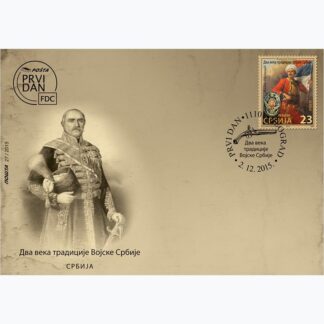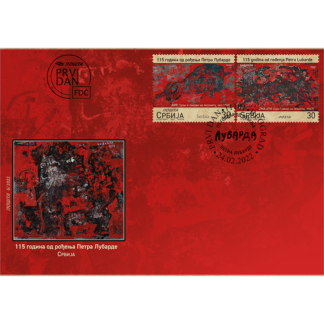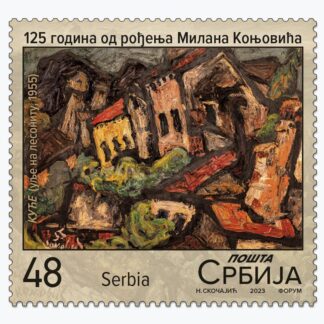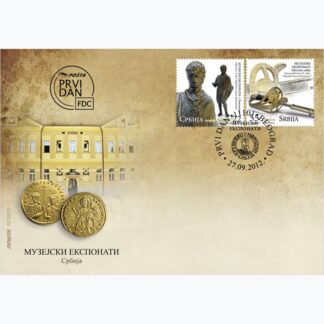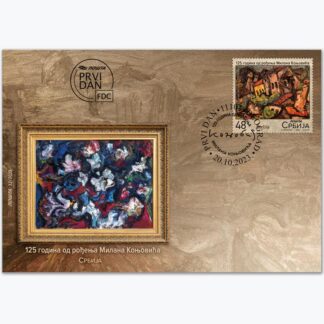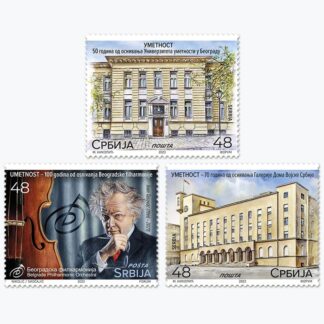Description
50 years since the establishment of the University of Arts in Belgrade
Association of Higher Art Schools – Academy of Music (founded in 1937), Academy of Fine Arts (founded in 1937), Academy of Applied Arts (founded in 1948) and Academy of Theater Arts (founded in 1948, into which the Higher School of Film Acting and Directing was integrated in 1950), was formed on June 10, 1957 as the Academy of Arts.
In 1973, the Academy of Arts grew into the University of Arts, which consists of four faculties: the Faculty of Fine Arts, the Faculty of Music, the Faculty of Applied Arts and Design, and the Faculty of Dramatic Arts.
Since its establishment, the University of Arts in Belgrade, as the leading institution for art education in Serbia and the region, has played a key role in shaping the art scene in Serbia and is one of the foundations on which Belgrade has built its reputation as a creative center and capital of culture.
Today, the University of Arts educates more than 2,800 students, through 37 accredited study programs and over 120 modules at the level of undergraduate, master’s and doctoral studies, in four faculties and the University’s Center for Interdisciplinary Studies, and is one of the few universities in Europe that has introduced artistic research into frameworks of doctoral studies.
During its five decades of existence, the University of the Arts has had an exceptional cultural impact by educating talented artists, musicians, actors, directors and other experts in various artistic disciplines, and its graduates have contributed to the richness of the cultural heritage of modern society, not only in our region, but also around the world.
Expert collaboration: ”Svetozar Marković” University Library, Belgrade
Artistic realization of the issue: Miroslav Nikolić
Graphic realization: MA Nadežda Skočajić, Academic Graphic Artist
100 years since the founding of the Belgrade Philharmonic Orchestra
One of the most important Serbian composers and conductors, Stevan Hristić (1885–1958), formed an orchestra from musicians of the National Theater Opera, teachers of Belgrade music schools and several amateurs, which, under the name of the Belgrade Philharmonic, held its first concert on June 13, 1923. Thanks to the enthusiasm of the founder, artistic director and chief conductor Stevan Hristić and his fellow musicians, the artistic musical journey of the Belgrade Philharmonic began in 1923, which has lasted for a century.
The 100-year long history of the Philharmonic consists of a diverse musical repertoire performed on stages all over the world, 620 musicians who have spent their working lives there since the archive has been continuously maintained (1951), 16 artistic directors, numerous guest conductors and musicians – the world’s most famous names in music art, but also enthusiastic audiences on all continents.
The Belgrade Philharmonic entered the new millennium under the leadership of Ivan Tasovac after several difficult years at the very end of the last century. Unique charm, specific character and undiminished enthusiasm have once again become the main characteristics of the Belgrade Philharmonic, which have returned this grandiose ensemble to the very top of the world’s orchestras and among one of the most successful cultural institutions in the country and region.
In addition to professional support and cooperation with the most important names of the international concert scene, the decades-long friendship with the legendary maestro Zubin Mehta, who regularly holds charity concerts with the Philharmonic, is especially valuable.
Breaking down prejudices, initiating cultural contacts, preserving old and creating new friendships, pushing boundaries in music and reaching new levels of excellence have created the Belgrade Philharmonic as a national brand and an orchestra for the concerts of which people wait in long lines for hours.
Expert collaboration: Belgrade Philharmonic
Artistic realization of the issue: Miroslav Nikolić and MA Nadežda Skočajić, academic graphic artist
70 years since the establishment of the Gallery of the Central Military Club
The Gallery of the Central Military Club is located in the monumental building of the palace of the former Military Home, today the Central Military Club. The initiative to establish the Gallery was initiated in 1945 by the well-known fine artist and founder of the Faculty of Applied Arts in Belgrade, Branko Šotra, the first post-war head of the institution.
Since the beginning of the Gallery’s work in 1953, numerous themed exhibitions of Yugoslav artists have been organized, dedicated to the revolution and the national liberation struggle, but artists have also organized independent exhibitions without thematic restrictions. This type of activity of the Gallery had a direct impact on the formation of the Art Collection, for which works were acquired through purchases, gifts, in exchange with institutions, and sometimes through the engagement of fine artists. As among the acquired works, there were equally works from both thematically engaged and independent exhibitions, the Art Collection of the Central Military Club became unique with this approach to collecting. This statement is supported by the wealth of the fund, which contains around 1,500 works of fine and applied art from all generations of artists from the former Yugoslavia.
The collection contains several significant works created in the first half of the 20th century, such as the works of Vlaho Bukovac, Ljuba Ivanović, Marino Tartalja, Sava Šumanović, Milo Milunović, Ljubo Babić, Kosta Hakman, and Jovan Bijelić. However, the largest part of the collection consists of works by Serbian and Yugoslav artists created in the second half of the 20th century, starting with Petar Lubarda, Zora Petrović, Milan Konjović, Krsto Hegedušić, Marko Čelebonović, Nikola Martinoski, Mića Popović, Ljubica Cuca Sokić, Sreten Stojanović and other greats of Yugoslav art.
Expert collaboration: Jelena Knežević, Senior Curator, Head of the Gallery of the Central Military Club
Artistic realization of the issue: Miroslav Nikolić
Graphic realization: MA Nadežda Skočajić, Academic Graphic Artist

